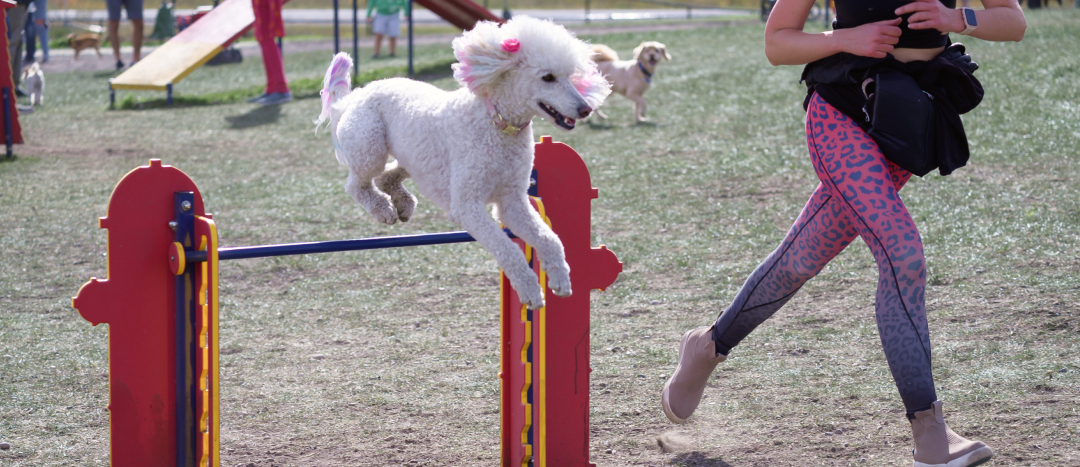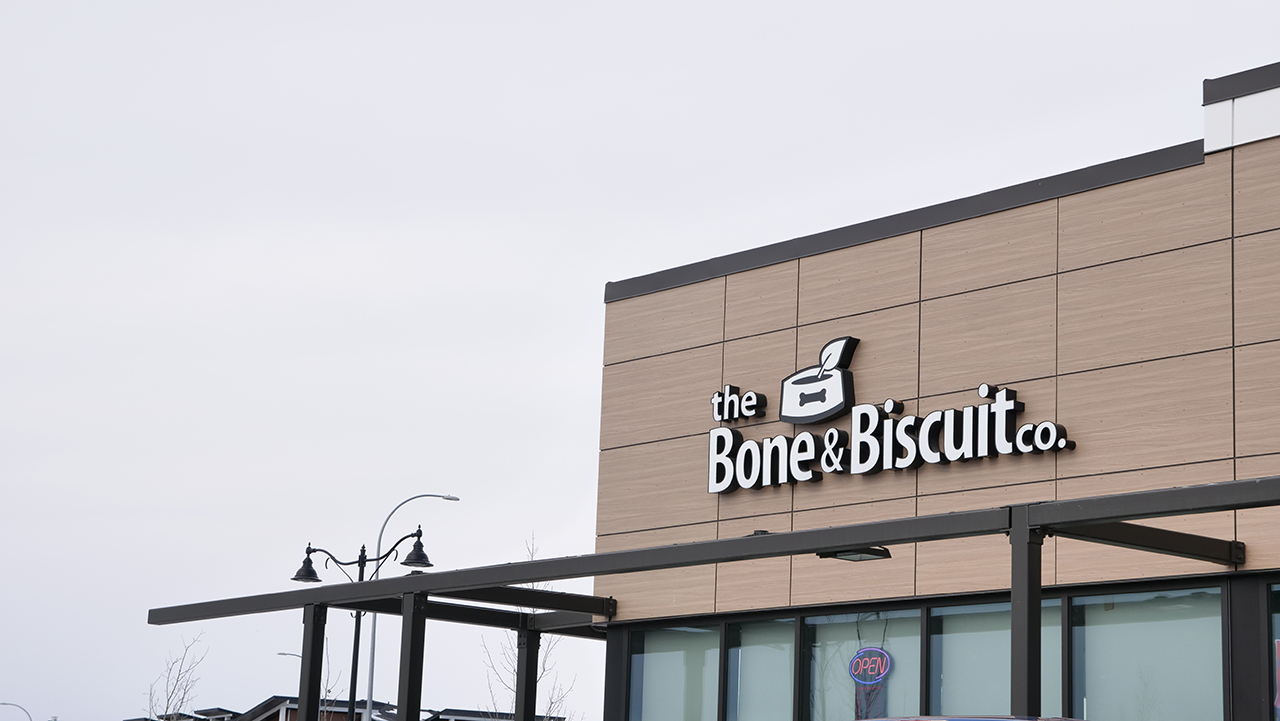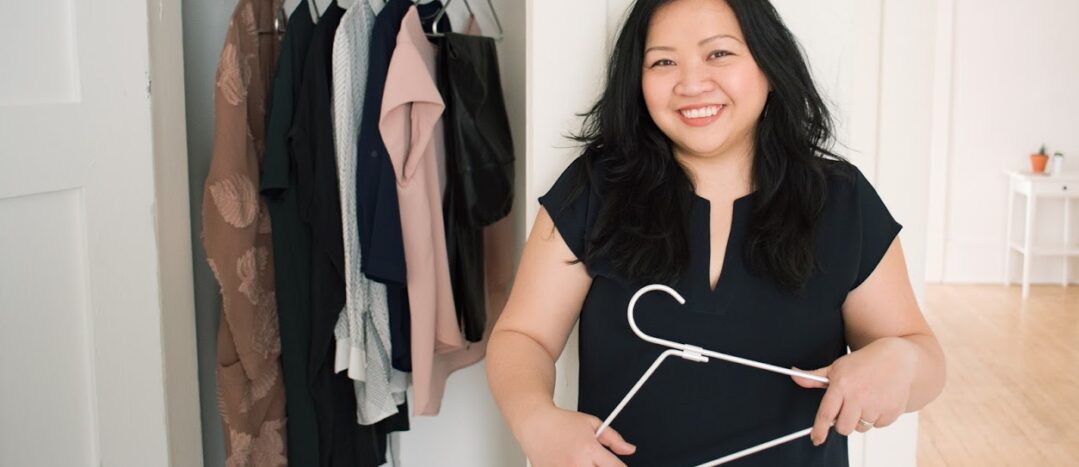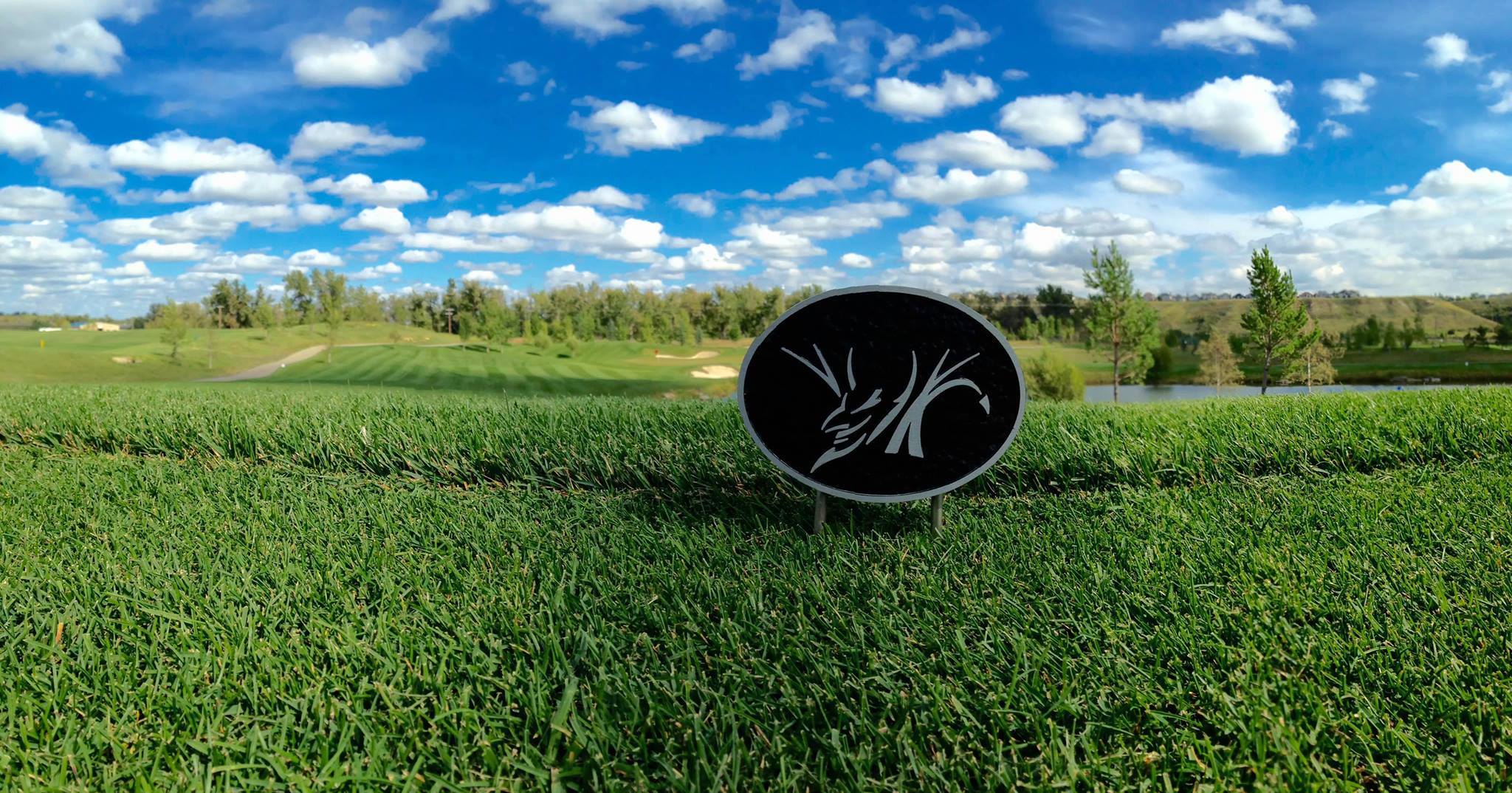Welcome to Woof Willow: Intro to Dog Agility Equipment & Safety Tips
Are you looking for a fun and exciting way to bond with your furry friend? Look no further than the Woof Willow Dog Park, located in south Calgary in the community of Wolf Willow. This 9-acre off-leash park not only offers a serene, natural environment for your pup to explore, but also provides state-of-the-art dog agility equipment to enhance their physical and mental abilities. In this introductory guide, we’ll cover the dog agility equipment available at Woof Willow, the benefits of agility training, as well as some safety tips to ensure you and your pups have a fun, safe time visiting the park.
The Benefits of Dog Agility Training
There are many benefits to agility training your dog. It doesn’t matter if you own a purebred or a mixed breed, as anyone can enjoy this all-inclusive sport, whether you choose to compete or just take it up recreationally.
1. Physical Exercise and Mental Enrichment
Dog agility training is a fantastic way to keep your pup physically fit and mentally sharp. As they navigate through tunnels, weave poles, and soar over jumps, their muscles are engaged, and their coordination is honed. Additionally, the mental focus required during agility courses helps stimulate their cognitive abilities, keeping them sharp and alert.
2. Bonding and Communication
Engaging in dog agility training strengthens the bond between you and your furry friend. Through positive reinforcement and teamwork, you will learn to communicate effectively, with your pup relying on cues and body language as they navigate their way through obstacle courses. This shared experience creates a deep sense of trust and understanding between you and your pup.
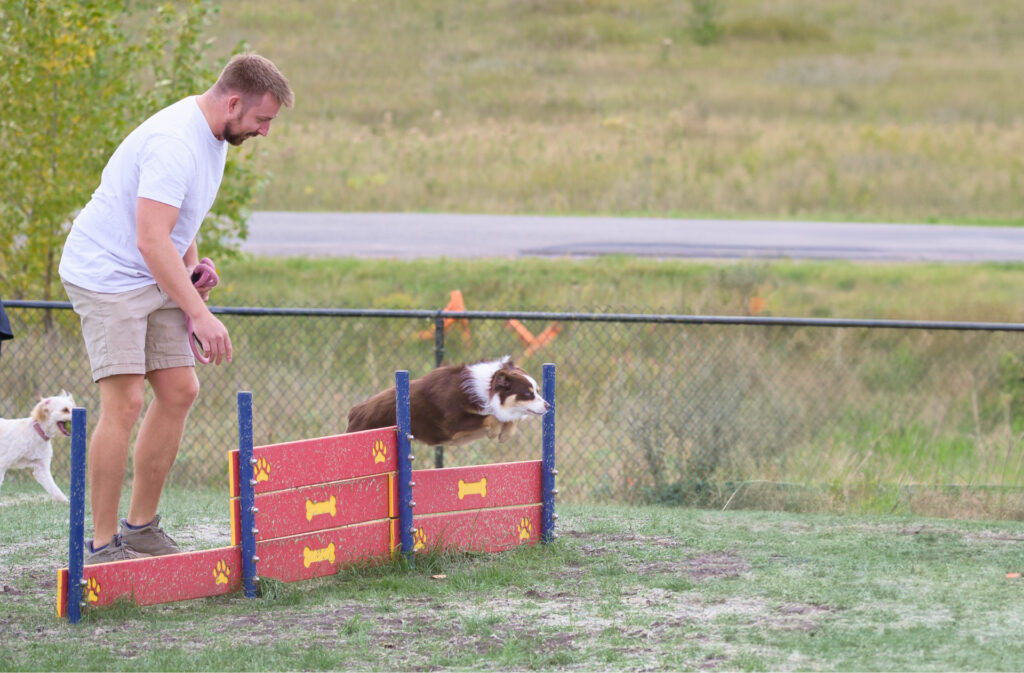
3. Confidence Building
For many dogs, agility training can boost their confidence and self-esteem. As they conquer obstacles and master new skills, they develop a sense of accomplishment and pride. This new found confidence often translates into improved behavior and a more relaxed demeanor in other areas of their lives.
4. Energy Outlet
If you have a high-energy dog, agility training provides an excellent outlet for their pent-up energy. By channeling their verve into a structured activity, this can help prevent destructive behaviors, like chewing furniture, whenever they’re bored or have excess energy to burn.
Getting Started with Dog Agility Training
If agility training sounds up you and your pup’s alley, there are a few considerations you need to take before diving in and playing on the equipment at the dog park.
1. Assess Your Dog’s Fitness Level
First, it’s essential to assess your dog’s fitness level to ensure they can handle the agility equipment without getting hurt. Any dog can participate in agility training, including seniors, tripods, deaf, and even blind. Schedule a visit to your trusted veterinarian to ensure your dog, especially if they’re a bit older, is in good health and physically capable of participating.
2. Understanding the Dog Agility Equipment
Dog agility equipment consists of various obstacles designed to challenge your pup’s physical abilities and agility. Before introducing your dog to the equipment, it’s vital to understand the safety guidelines and train them gradually. If you jump in without building up your pup’s confidence, it could result in physical injuries, anxiety, and lack of confidence in using the equipment in the future.
You’ll find the following agility equipment in Woof Willow:
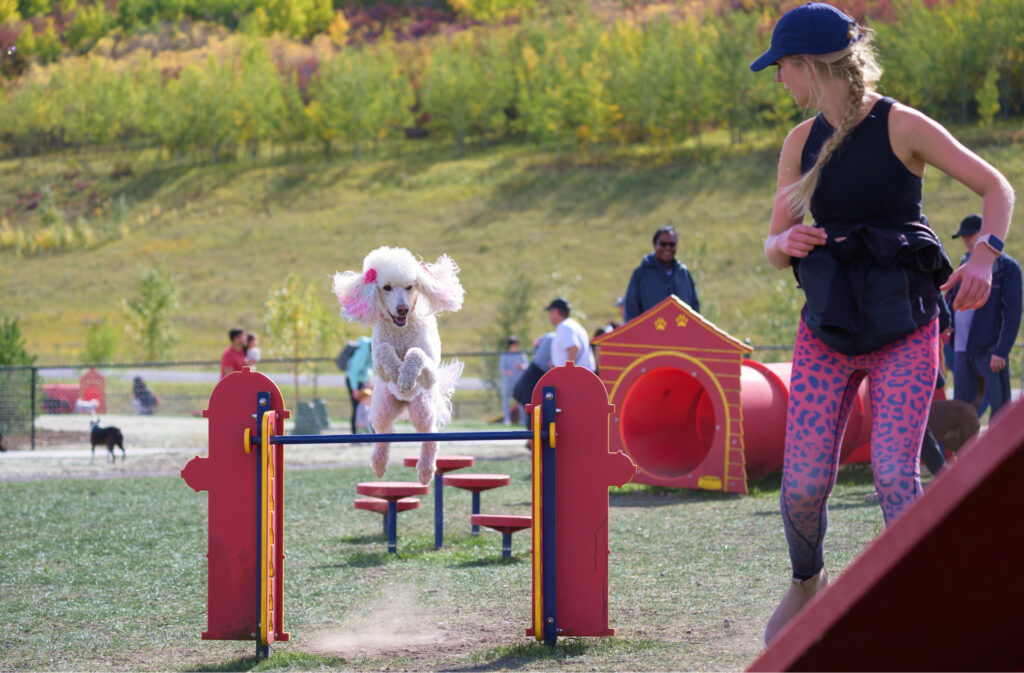
Jumps and Rings
Jumps are a fundamental part of dog agility training. They come in various heights and designs, allowing dogs to progressively clear them with ease. When introducing jumps to your dog, start with low heights and gradually increase the difficulty level as they gain confidence and proficiency.
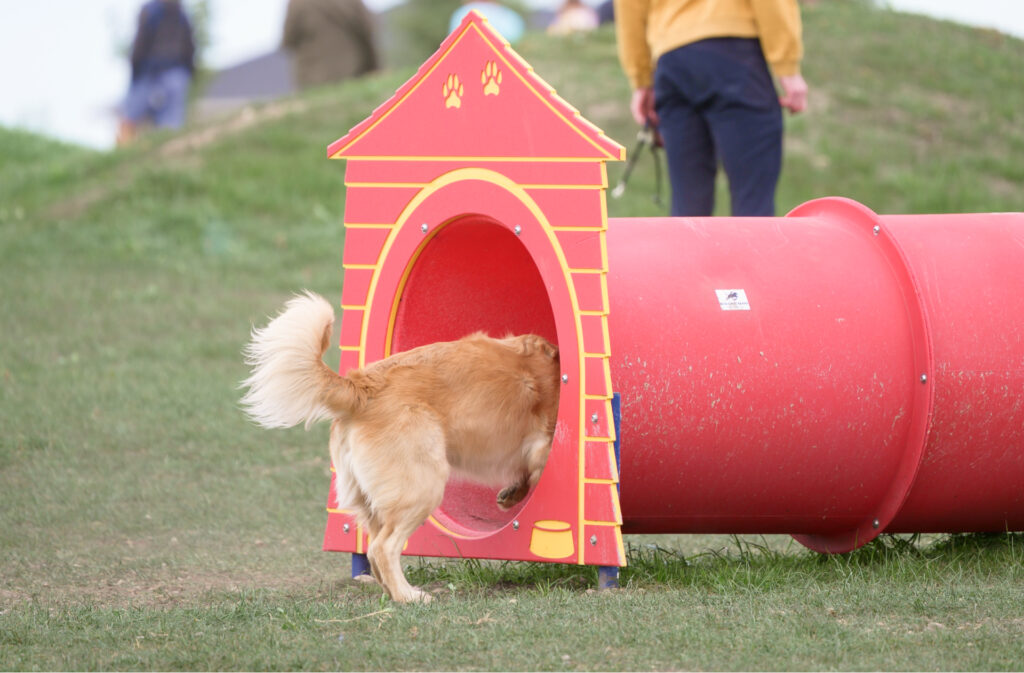
Tunnels
Tunnels provide an exciting challenge for dogs to navigate through. These long tunnels require dogs to crawl through them swiftly and confidently. Start by introducing your dog to a shorter tunnel, building up to longer tunnels.
Some pups might be afraid of the dark or being enclosed in a covered space. Never force your pup through the tunnel. Encourage them from the other side to go through or lure them with treats. Because the tunnel lengths aren’t adjustable at the dog park, you can set up small mock tunnels at home with blankets and cardboard boxes to build up their confidence.
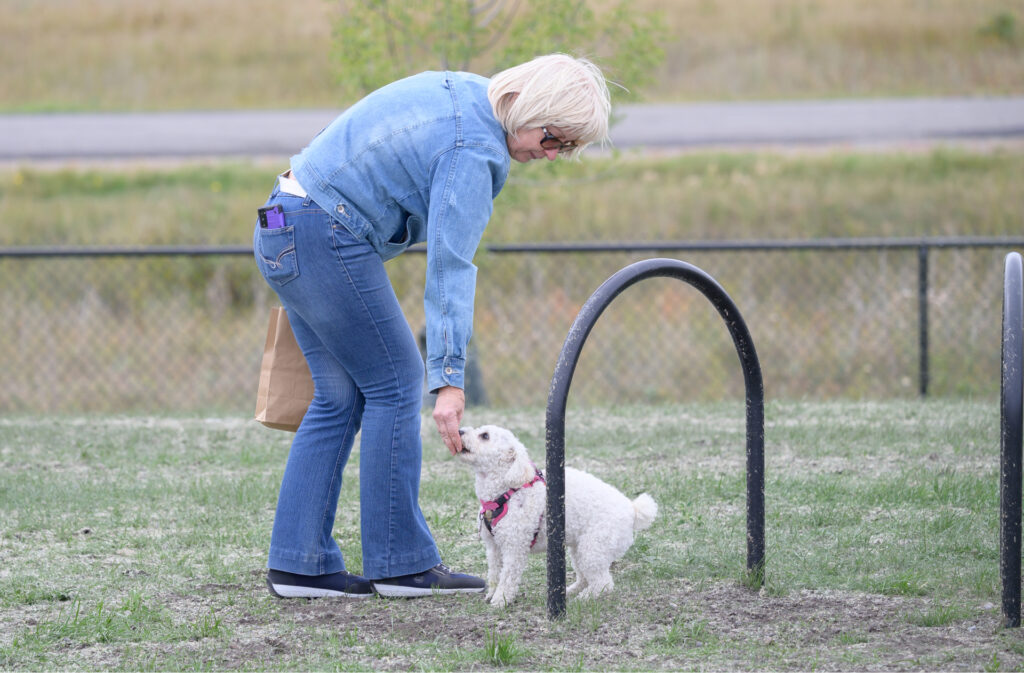
Weave Poles and Loops
Weave poles and loops test your dog’s agility and coordination skills as they maneuver through a series of closely spaced poles or loops. Begin by teaching your dog to weave through a few poles, rewarding them for each successful completion.
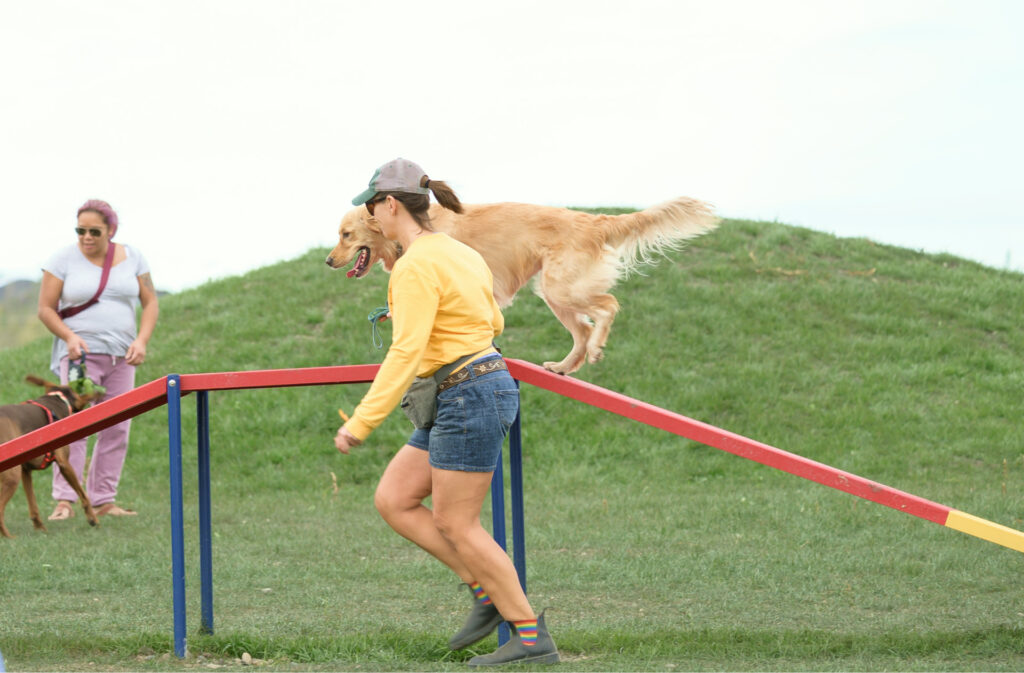
A-Frames and Dog Walks
A-frames and dog walks are elevated platforms that require dogs to climb up and descend carefully. While these obstacles look easy at first, they can actually be quite intimidating for your dog! These obstacles help develop balance and body awareness. Start with lower heights and gradually increase as your dog becomes more proficient.

Seesaw
A seesaw can be quite a scary obstacle for a novice dog, due to it moving beneath their paws. It’s important to start very slow and with objects low to the ground so your dog can get used to the wobbly nature. It’s strongly encouraged to attend a class lead by a professional instructor before attempting the seesaw on your own.
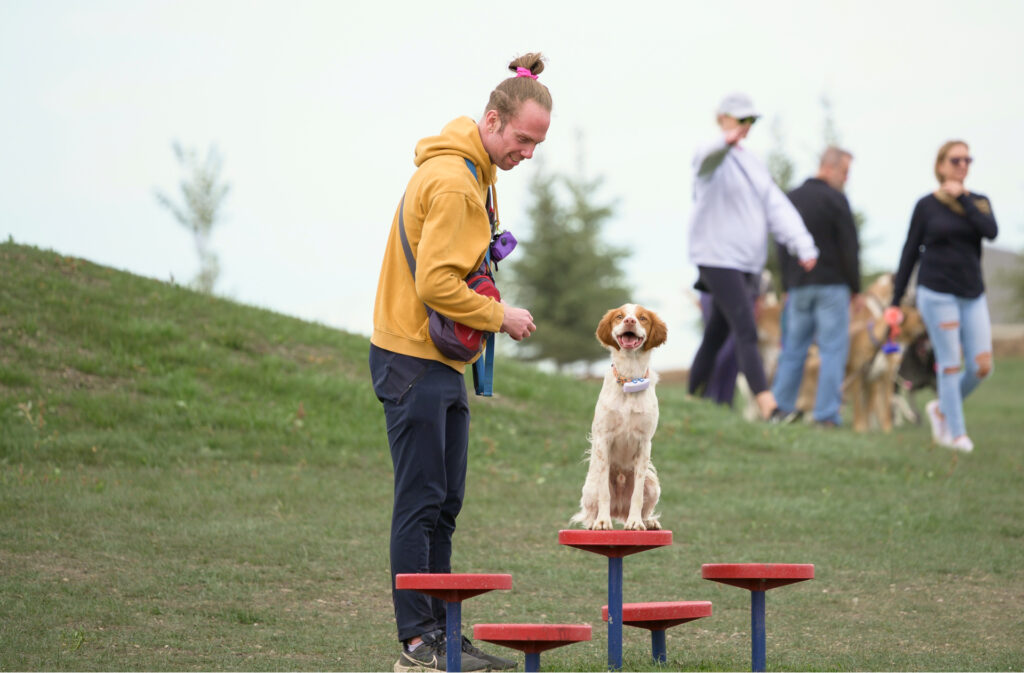
Stepping Stones
While you won’t find stepping stones in an agility competition, this piece of equipment has been rising in popularity at dog parks. The stepping stones will test your dog’s balance. As with the other equipment, it’s important to gradually increase your dog’s confidence by beginning with the stones lower to the ground. Another way to use these stones is to encourage your dog to place their front paws on a stone while their hind legs are planted firmly on the ground.
Safety Tips for Agility Training at Woof Willow
When engaging in dog agility training at the Woof Willow, it’s crucial to prioritize safety to prevent accidents and injuries. Here are some essential safety tips to keep in mind:
1. Warm-up Exercises
Before starting any agility exercises, warm up your dog’s muscles with light activity, such as brisk walking or gentle stretching. This helps prepare their body for the physical demands of the training session.
2. Proper Equipment and Fit
Ensure the agility equipment is in good condition, with no sharp edges or loose parts that could cause harm. Make sure the equipment is the appropriate size for your dog. Woof Willow is separated into two sections, with one side of the park for small dogs and one side for large dogs.
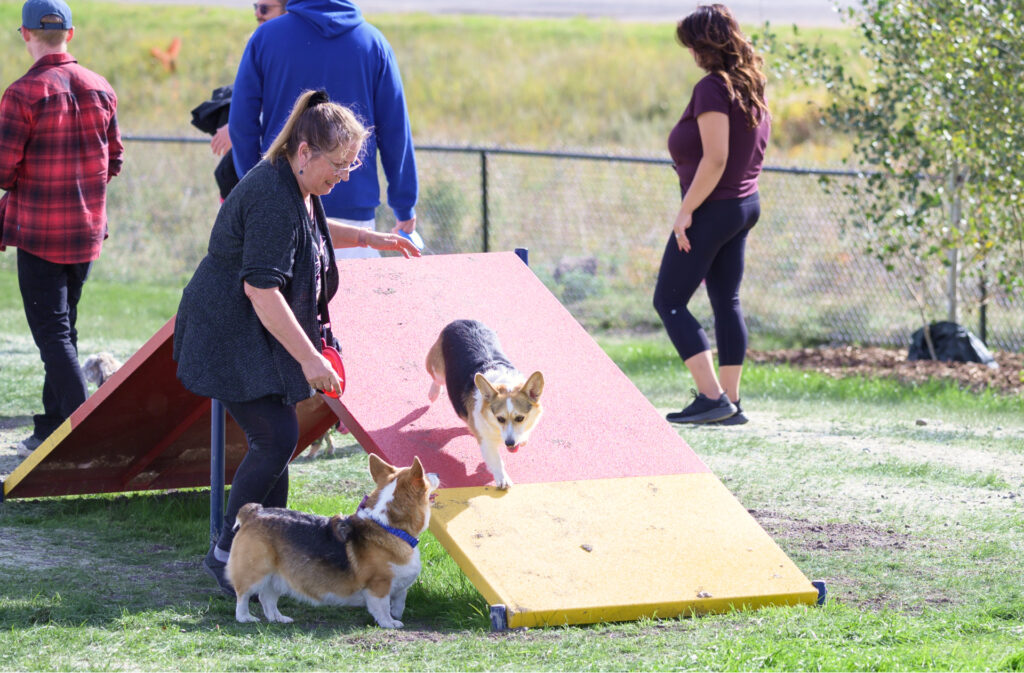
3. Gradual Progression
It’s very important to take a gradual approach to your dog’s agility training. Start with simple obstacles and gradually increase the difficulty level as your dog becomes more proficient and confident. Pushing your dog too quickly can lead to physical strain or mental stress.
4. Positive Reinforcement
Use positive reinforcement techniques to motivate and reward your dog during training sessions and ignore the behaviors you want them to stop. This helps create a positive association with agility training and encourages your dog to perform their best.
5. Hydration and Rest
During training sessions, provide ample opportunities for your dog to hydrate and rest. Agility training can be physically demanding, and it’s essential to keep your dog hydrated and allow them to take breaks when needed.
6. Observation and Supervision
Always keep a close eye on your dog during agility training sessions. If the equipment is currently in use, give the dog using it space to complete their activity. Only allow your dog to use the equipment when the area is clear of other dogs. Observe their body language for signs of fatigue, discomfort, or stress. If you notice any signs of distress, pause your training and consult with a professional trainer or your veterinarian.
7. Weather Conditions
Pay attention to weather conditions when planning your agility training sessions. Extreme heat, cold, wet, or icy/snowy surfaces can impact your dog’s performance and safety. Adjust your training schedule accordingly to ensure a comfortable and safe environment for your pup.
8. Dogs Only
While this one may seem self-explanatory, it’s important to remember that the dog agility equipment is for dogs only! Please keep children off the equipment, for both their safety and the dogs using the equipment. Kids can enjoy playing on playground equipment in Osprey Park, as well as the other playgrounds coming to Wolf Willow in the future.
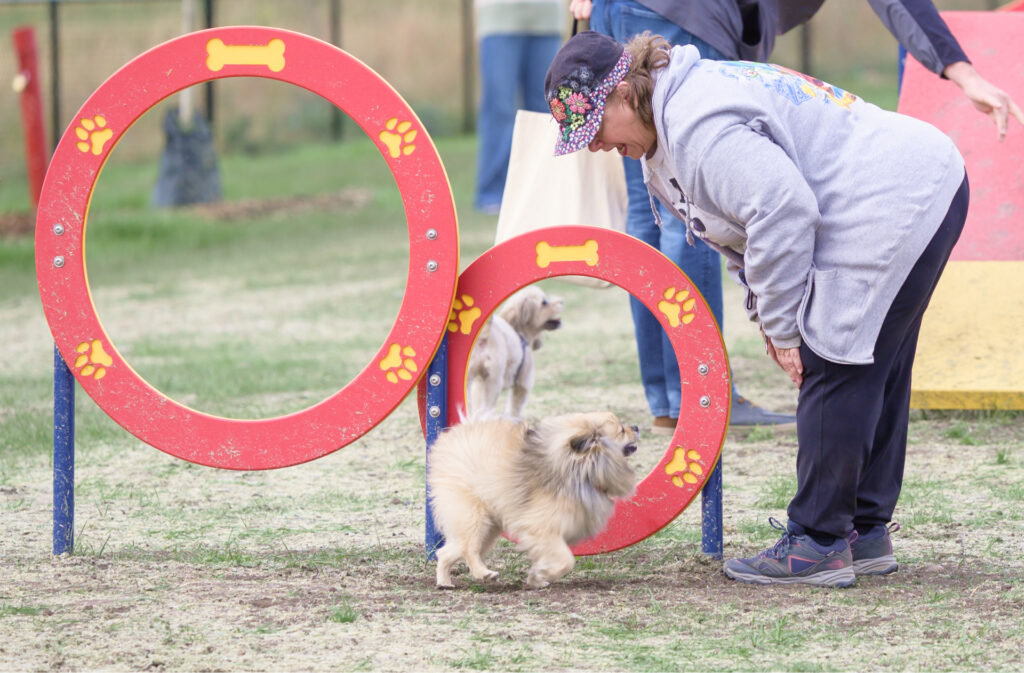
Take a Professional Dog Agility Training Course
If you’re new to dog agility training, consider seeking professional guidance. Calgary offers various options for agility training classes and workshops. Working with an experienced trainer will ensure that you and your pup receive proper guidance, allowing you to progress safely and effectively.
Consider checking out the following reputable trainers and facilities:
- Steele Arrow Canine Services – 5 minutes from Wolf Willow
- While Steele Arrow doesn’t offer agility course training, they do offer Walk & Train Packages, Puppy & Teenager Training, and Private Training. These crucial skills are the foundation for moving into agility sports.
- Barrett Dog Sports – 15 minutes from Wolf Willow via Stoney Trail
- Barrett Off Leash offers several classes, including agility, tricks, gymnastics, obedience, and more. They offer both drop-in classes as well as six week long courses.
- Hyper Hounds – 18 minutes from Wolf Willow
- Hyper Hounds has a wide variety of classes, including all levels of agility, obedience classes, scent work, rally barn hunt, and more. They offer private lessons as well as group classes.
Dog agility training at the Woof Willow Dog Park offers a rewarding experience for both you and your furry friend. By following the safety guidelines, seeking professional guidance when needed, and nurturing a strong bond with your pup, you can embark on an agility training journey that will enhance your dog’s physical abilities and mental well-being. So, grab your leash, head to Woof Willow, and unleash the champion within your four-legged companion!


